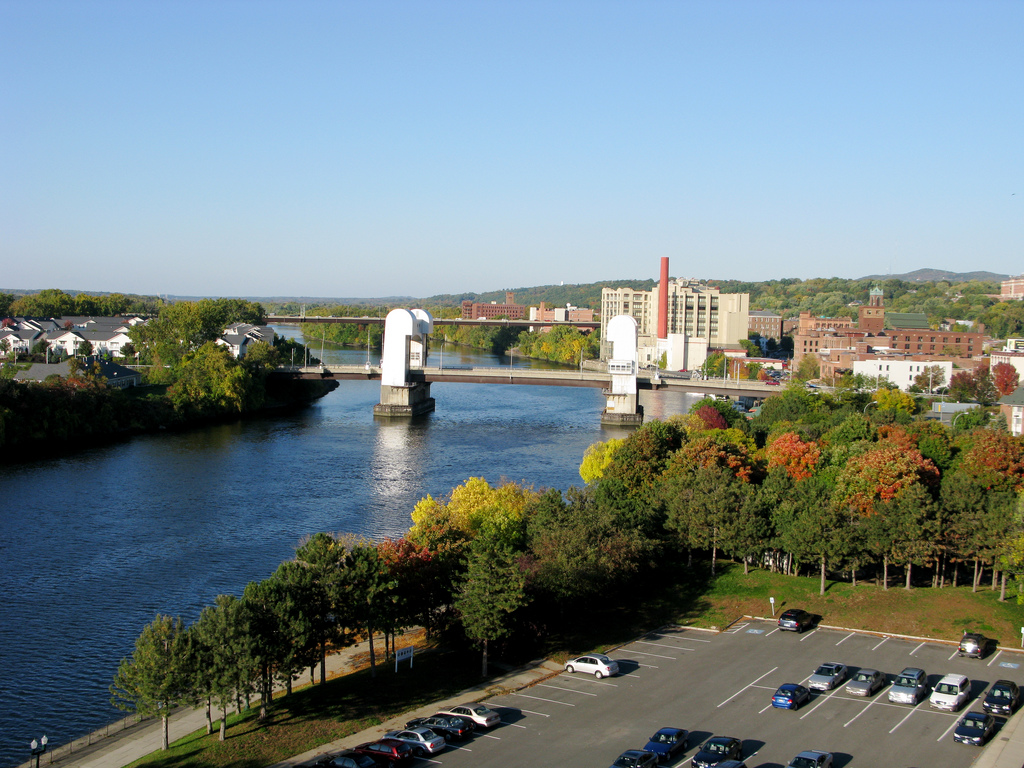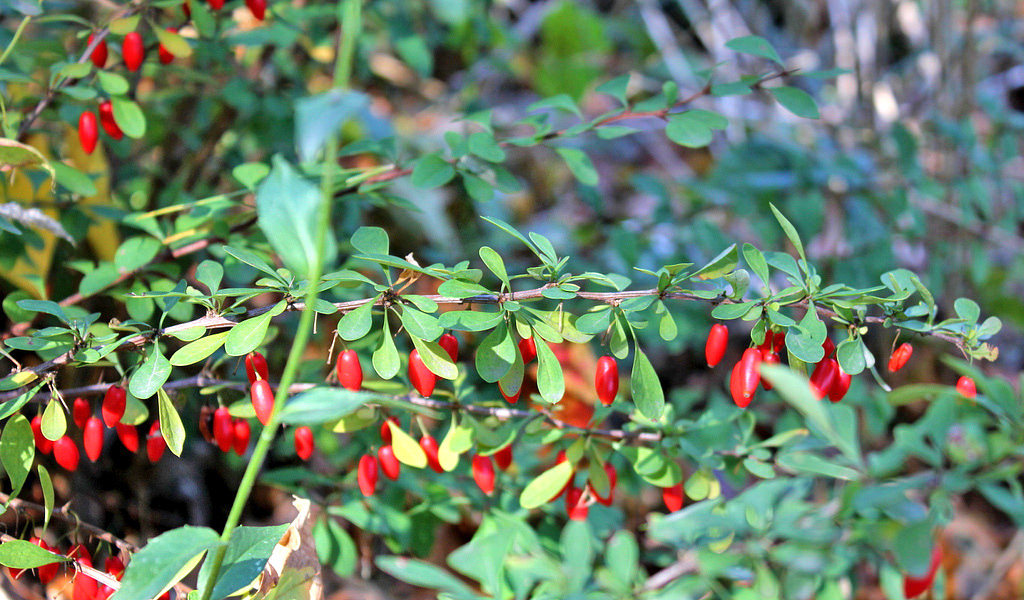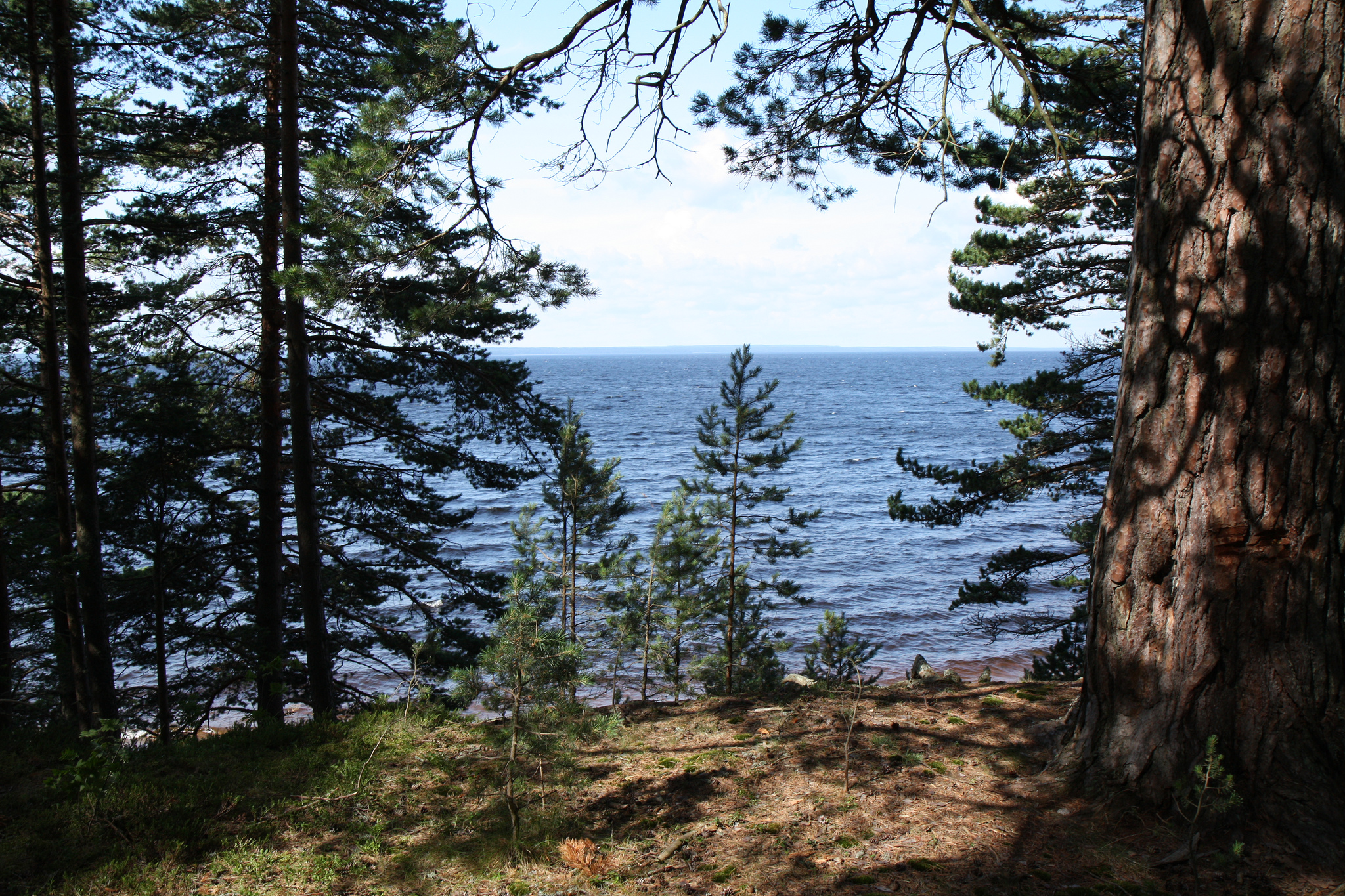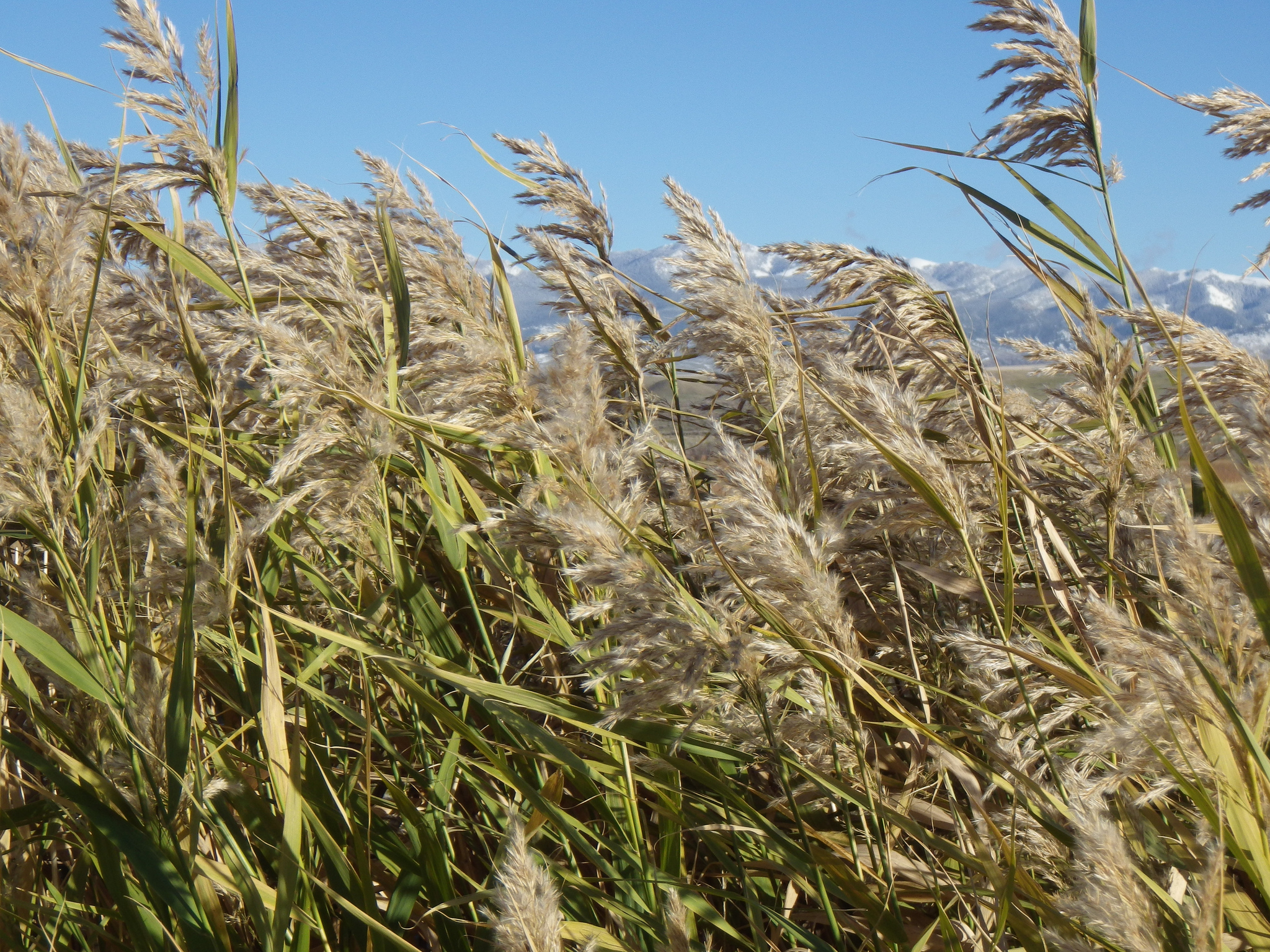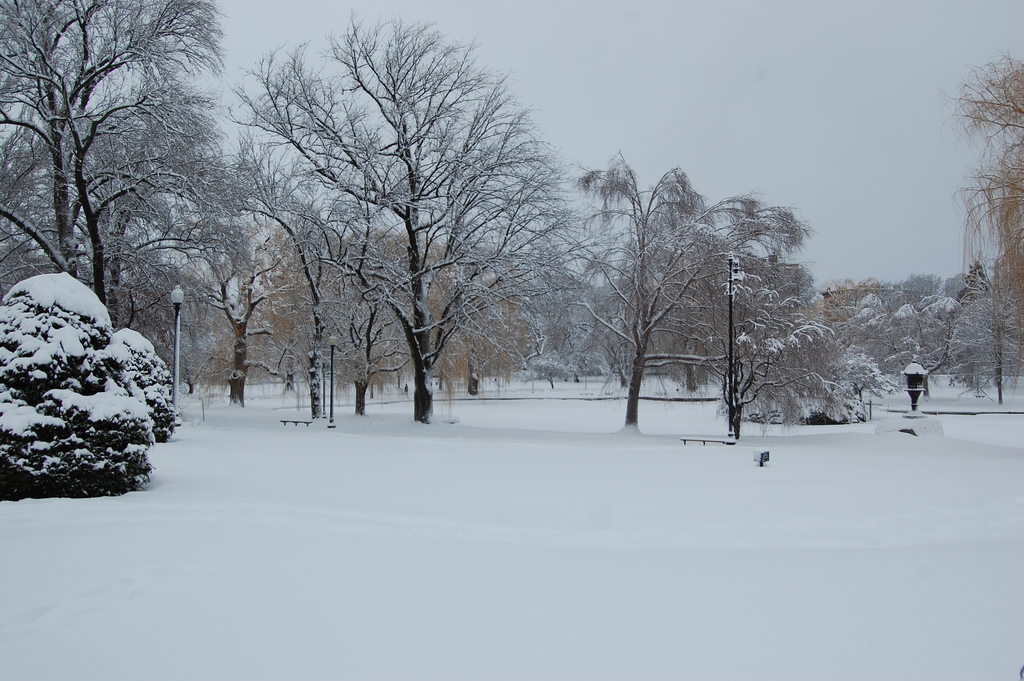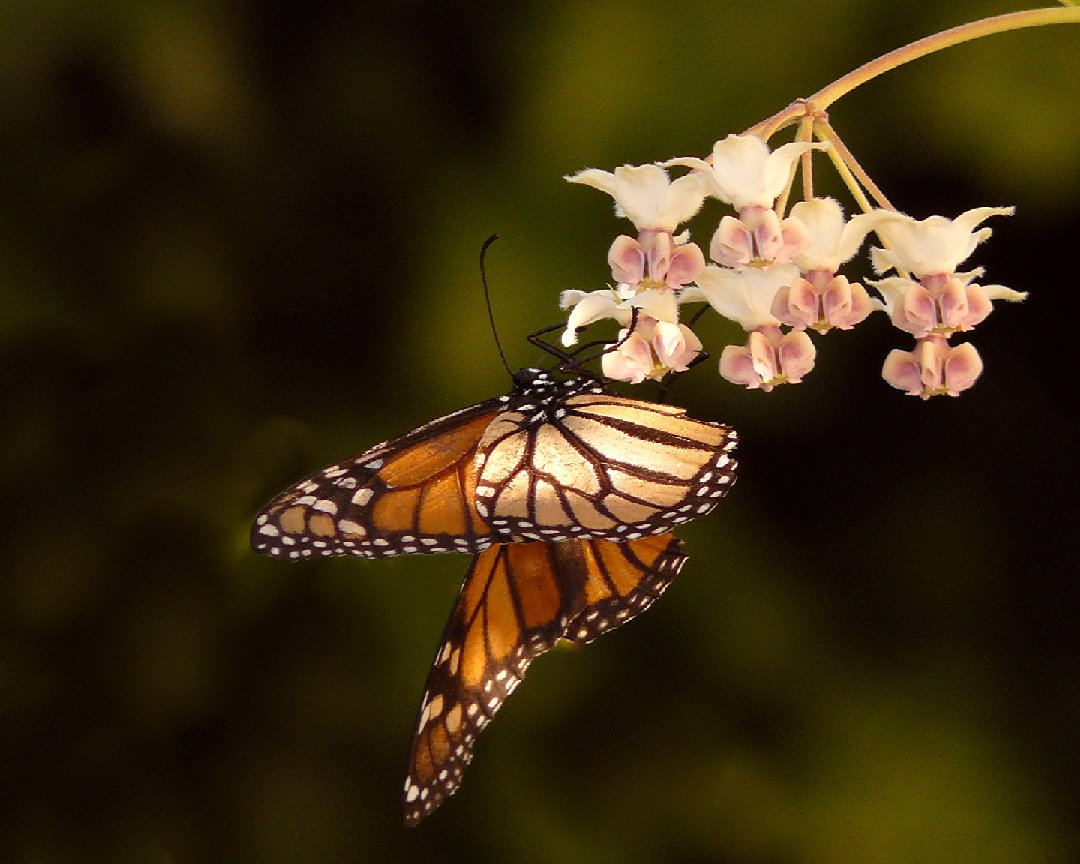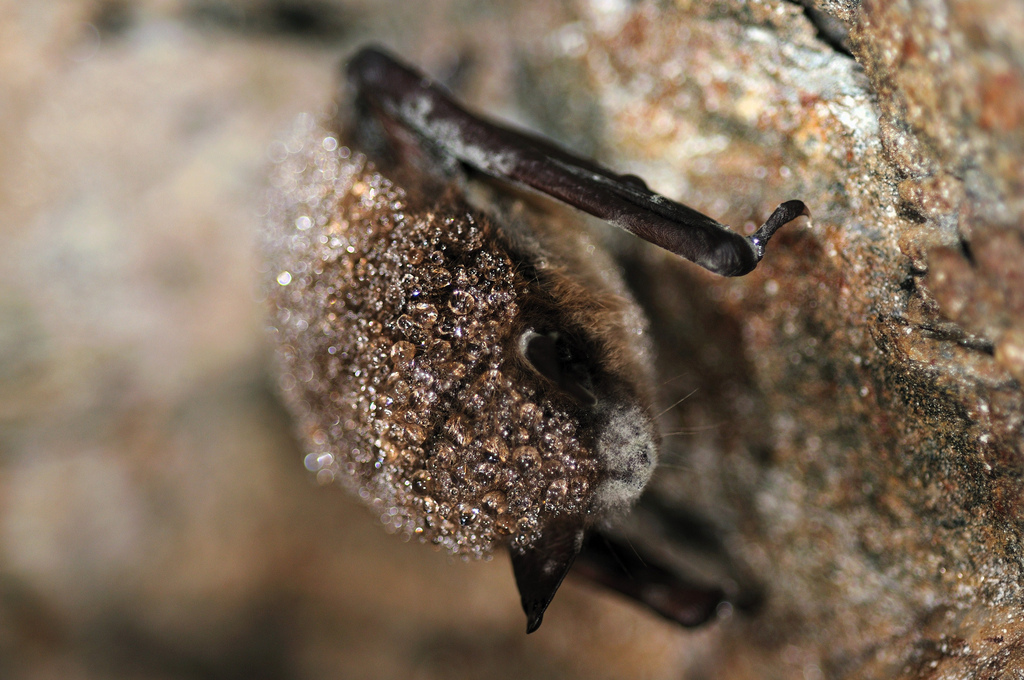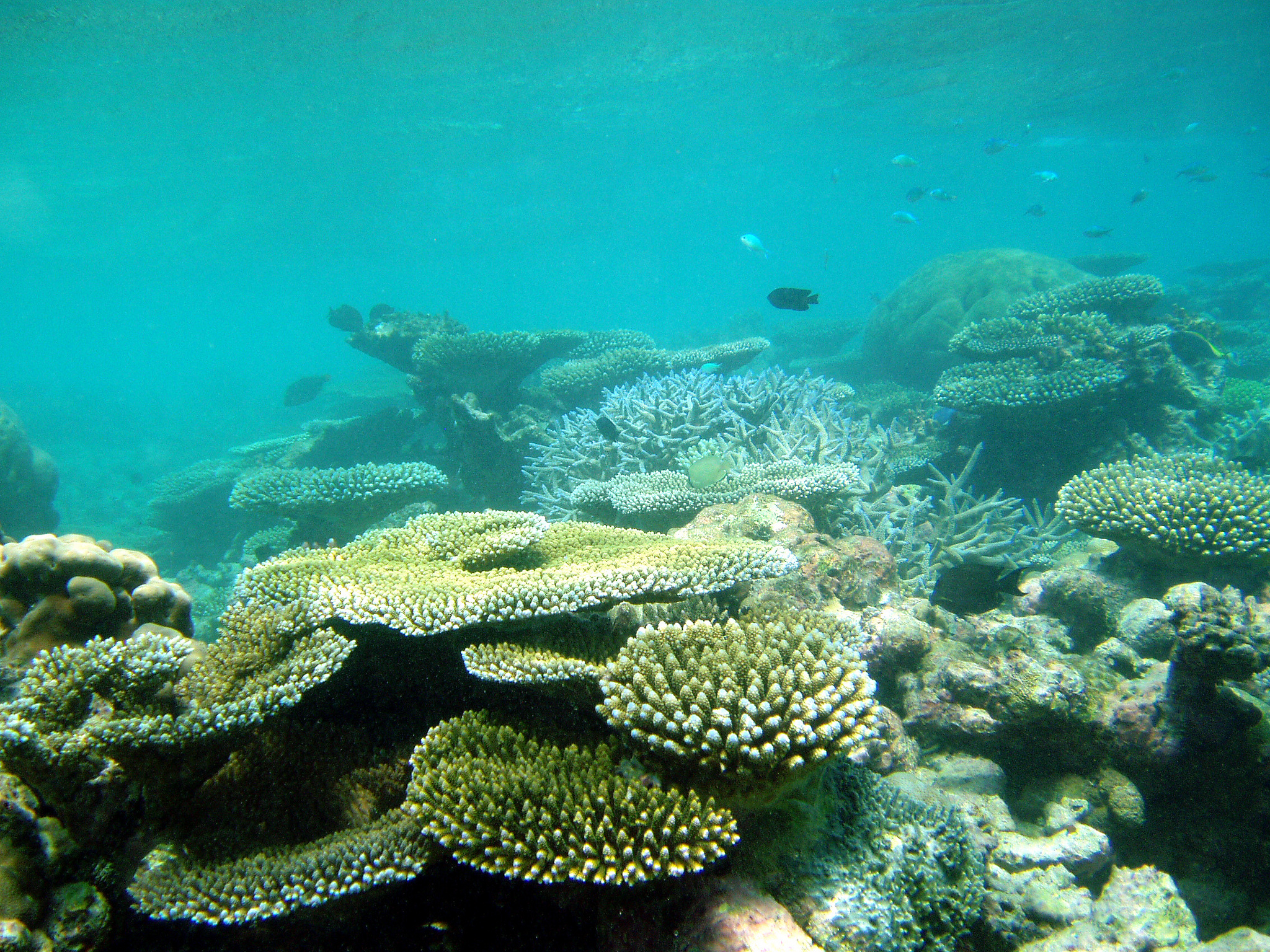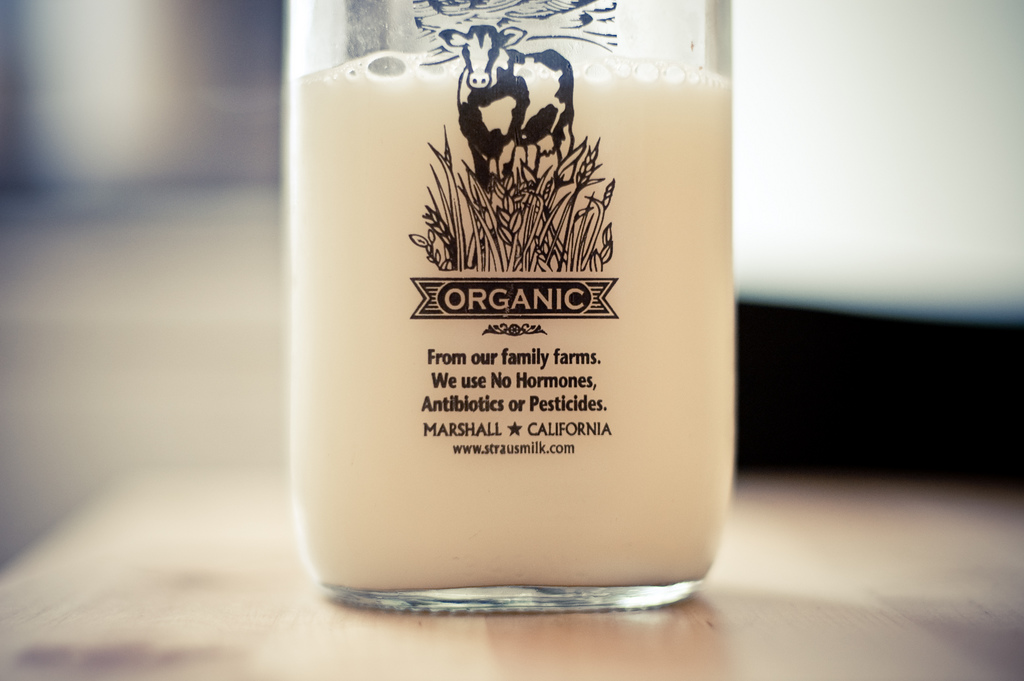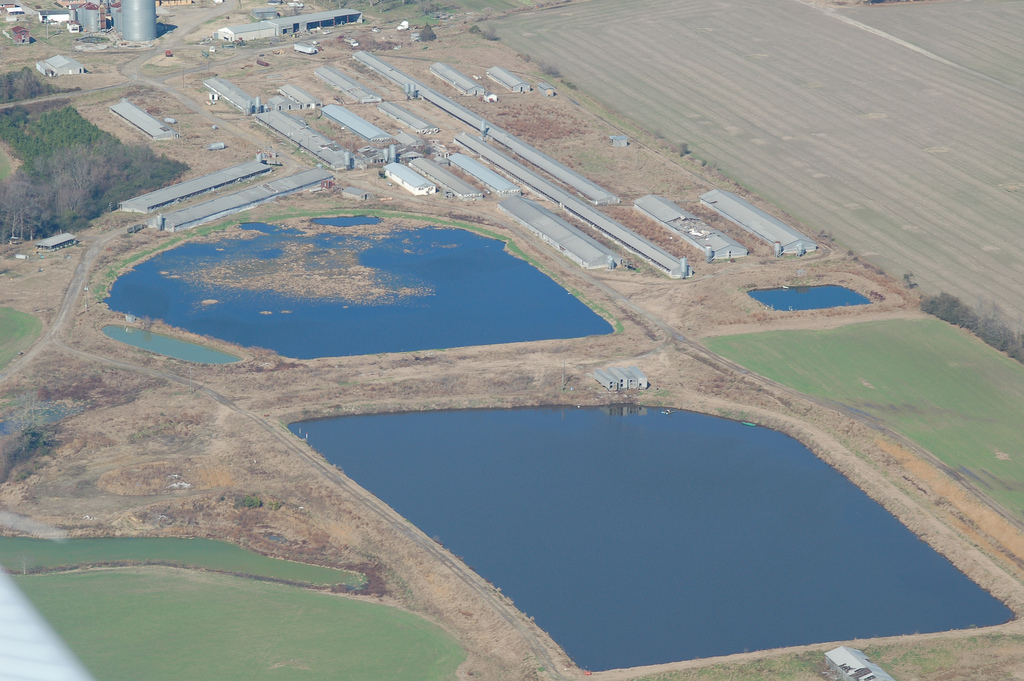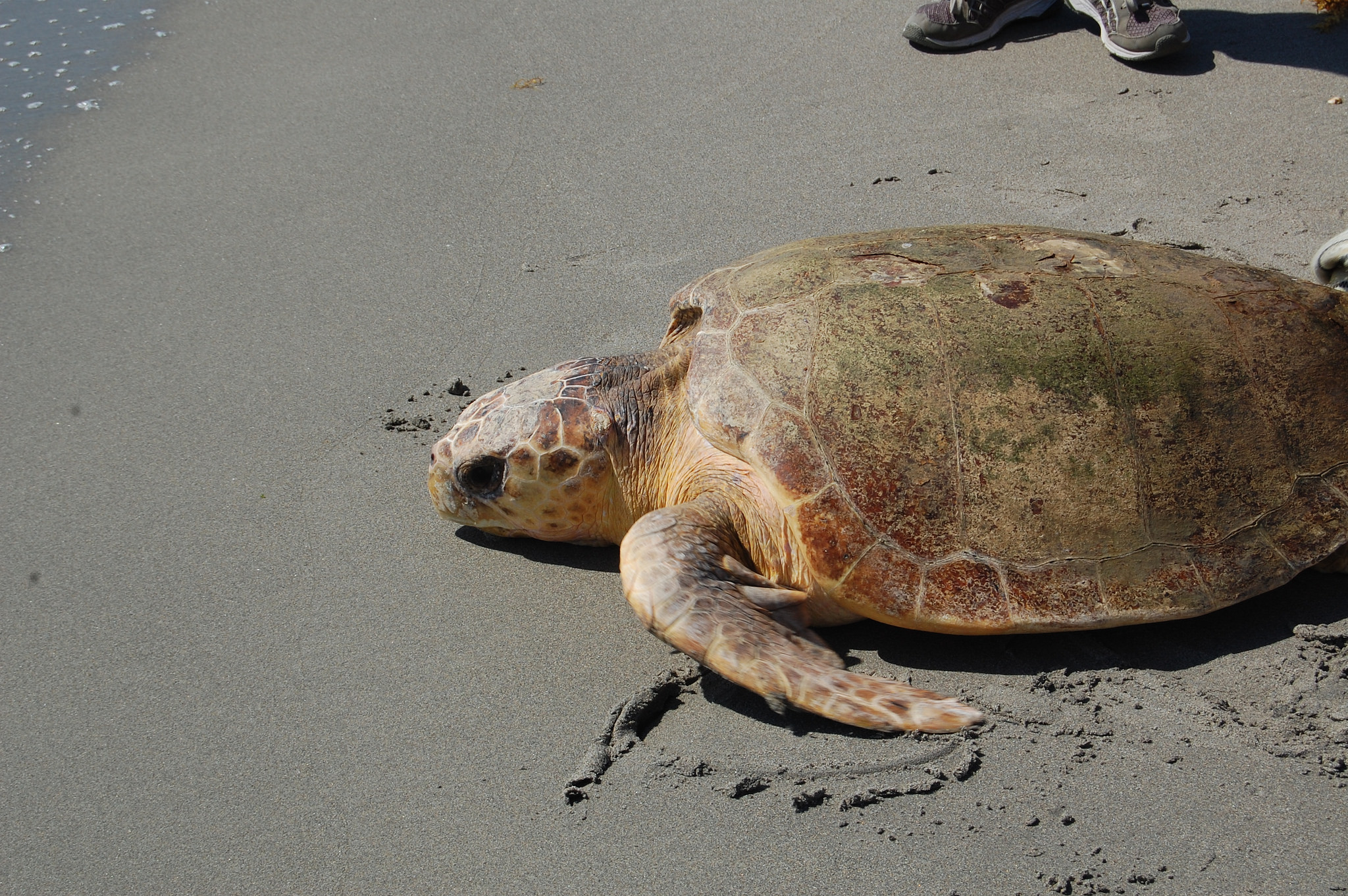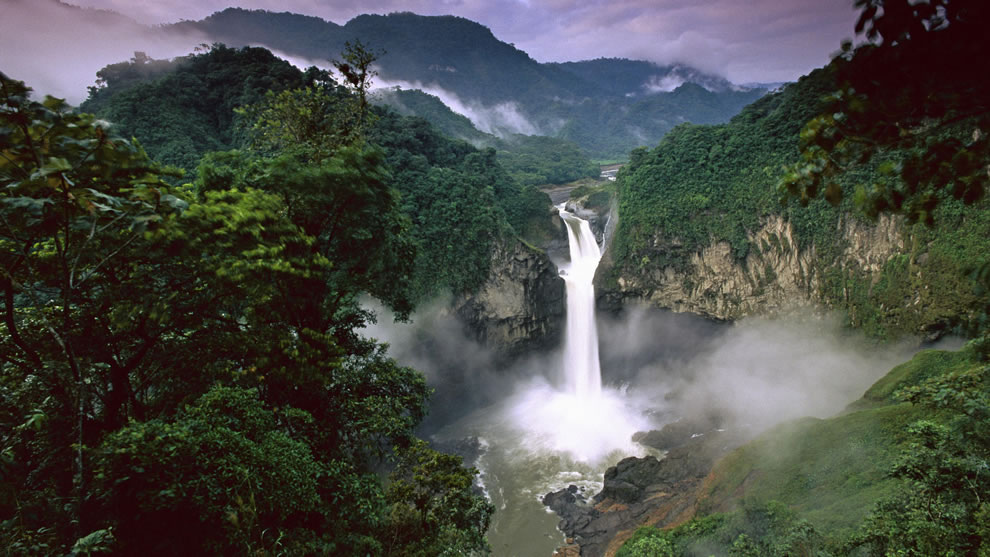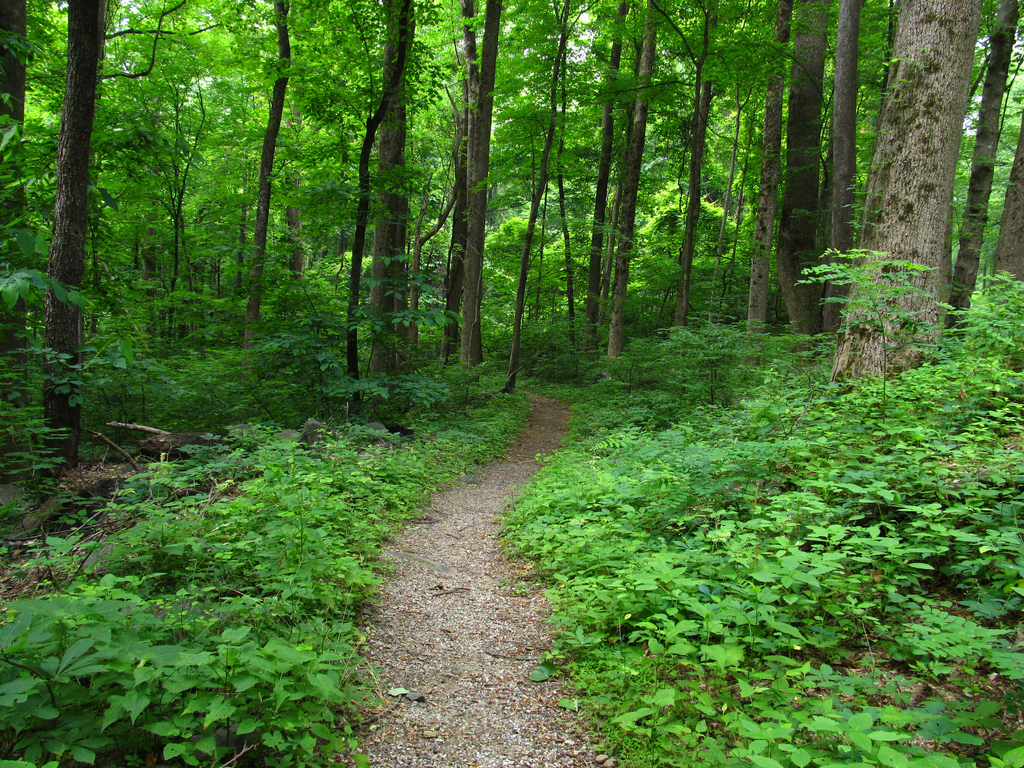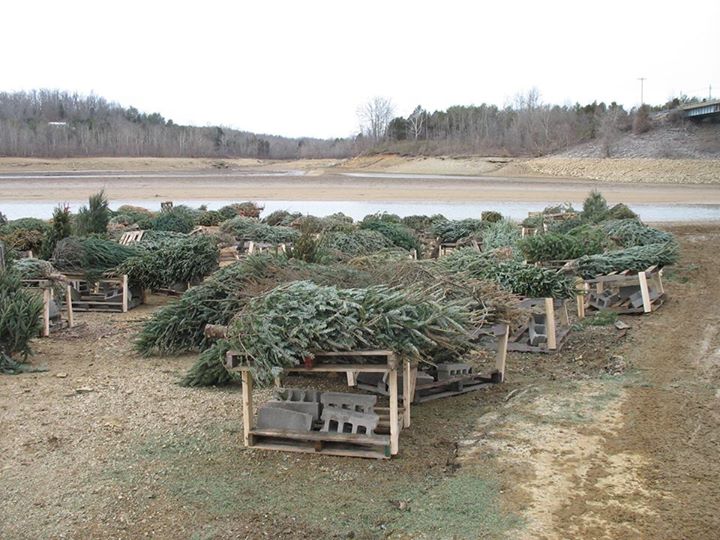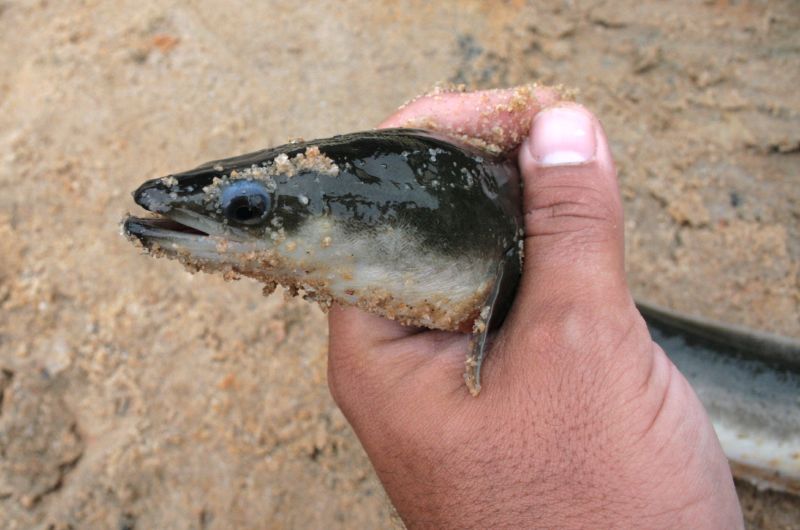Wildlife and Habitat
The Rising Hudson
The Hudson River flows through much of the listening area of our flagship station. It is an extension of the Atlantic Ocean that flows from the Narrows in New York Harbor up through the Capital Region and beyond and it is linked to any changes in water levels in the Atlantic and around the globe.
New York’s Ban On Invasive Species Goes Into Effect
In a win for New York State’s natural areas, new regulations have gone into effect banning a long list of plants and animals that have plagued our fields, forests, and freshwaters. As of March 10, the New York State Department of Environmental Conservation has made it illegal to buy, sell, or transport 126 species identified as invasive.
[Read more…] about New York’s Ban On Invasive Species Goes Into Effect
Lessons From Europe On Warming Lakes
Do you wonder how climate change is affecting lakes? We just need to look across the pond, where scientists and agencies involved in the European Union’s Water Framework Directive have amassed an impressive body of research on the topic.
Has Phragmites Met Its Match?
Goats are gaining a reputation as allies in the fight against invasive plants. Urban parks, college campuses, and nature preserves are taking advantage of their appetites and agility – using them to control everything from autumn olive to multiflora rose.
Dog Days Of Winter
This winter filled with endless snows and bone-chilling temperatures makes it difficult to focus on a warming climate. But the truth of the matter is that the warming climate is playing a major role in our harsh winter weather.
Milkweed And Monarchs
We have talked before about the huge decline in the population of monarch butterflies. The causes are a combination of factors including illegal logging in Mexico, droughts, wildfires, parasites, and most importantly, the drastic loss of crucial milkweed habitat in the US. Milkweed is the only food plant that monarch caterpillars can eat and modern herbicides like those used on genetically modified crops are wiping it out over large areas.
Wave Power
Wave power is produced by the use of electricity generators placed on the surface of the ocean. Energy output is determined by wave height, wave speed, wavelength, and water density. This technology is a fledgling state: there are only a handful of experimental wave generator plants in operation around the world.
Fungus Sucks The Life Out Of Hibernating Bats
Common throughout North America, little brown bats keep insect populations in check. Anyone who has spent dusk near a lake has seen the little browns performing acrobatics on the wing as they feast on mosquitoes, midges, and gnats. Each bat can eat thousands of bugs each night.
[Read more…] about Fungus Sucks The Life Out Of Hibernating Bats
Threats To Corals
Coral reefs are some of the most spectacular sights in the world. People call them the “rainforests of the sea.” These colorful otherworldly places are some of the most diverse ecosystems on Earth. Coral reefs provide a home for 25% of all marine species and they flourish even though ocean waters that provide few nutrients typically surround them.
Let’s End Factory Farming!
It’s quite clear that factory farms are only able to produce their cheap goods at the expense of the animals, the environment, and human health. And while it could be easy to feel powerless against the factory farming machine, there are several viable alternatives.
What Is Factory Farming?
We should start by clearing up a myth: A factory “farm” is no farm at all. It’s quite simply an animal factory built for efficiency. Approximately 70 billion farm animals worldwide call these places home – including chickens, turkeys, cows, pigs, goats, and sheep.
Goats As Allies In Removing Problem Plants
According to the U.S. Department of Agriculture’s last census, there are more than 2.5 million goats living in America. The majority are reared for their milk, meat, and mohair wool. But a small but growing number have been recruited for a new task: combating nuisance and invasive plants.
[Read more…] about Goats As Allies In Removing Problem Plants
Hope For Sea Turtles
If you are fortunate enough to have encountered sea turtles while swimming, snorkeling or diving in the sea, then you know how remarkable these creatures are. The seven species of these large reptiles are real throwbacks to the age of dinosaurs.
Restoring Rainforests
Forests play a major role in the Earth’s carbon cycle. Trees pull carbon dioxide out of the air and lock the carbon away in their wood and in the soil beneath them. Over time, we have cut down or damaged at least three-quarters of the world’s forests and that destruction has been an important contributor to climate change.
Ensuring The World’s Parks Protect Biodiversity
Every ten years, the International Union for Conservation of Nature hosts the World Parks Congress. In November, more than 6,000 people from 170 countries descended on Sydney, Australia to assess the state of the world’s protected areas at the sixth Congress.
[Read more…] about Ensuring The World’s Parks Protect Biodiversity
Recycling Christmas Trees
Were you among the 20 million Americans that put up a real Christmas tree? Most of the Fraser firs and blue spruces so lovingly decorated last Christmas ended up in the same place: the curb.
Reducing Phosphorus Pollution In Lake Erie
Toxic algal blooms have been spreading throughout Lake Erie. In August, contamination left 400,000 residents in Ohio and Michigan without water for 72 hours. Now, legislators are taking steps to prevent future catastrophes by regulating farming practices.
[Read more…] about Reducing Phosphorus Pollution In Lake Erie

